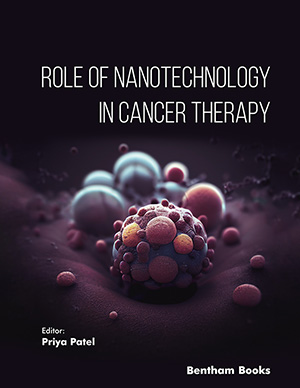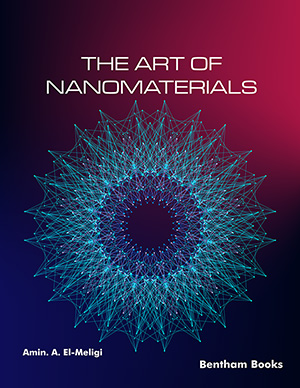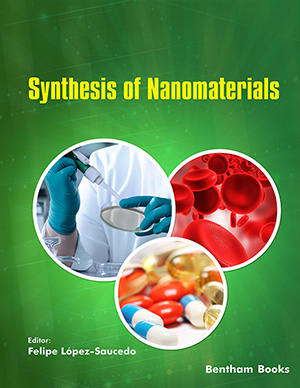Abstract
Nanotechnology and its applications have been a rapidly growing area of
research in the previous two decades. In the domain of pharmaceutical research,
nanotechnology is applied in the study and preparation of nano-size range materials
ranging from 1-100nm. Nanoparticulate medications or nano drug delivery systems are
not a novel concept, but they are a rapidly evolving nanoscience. In nanomedicine,
nanoscale materials are used to develop diagnostic tools or to deliver active substances
to a particular place in a consistent and controlled manner. Nanoparticles have groveled
in many different forms, including liposomes, niosomes, solid lipid nanoparticles,
emulsions, suspension nanocrystals, micelles, and dendrimers. When compared to pure
drugs or other conventional formulations, these all have improved medication efficacy
or therapeutic effect. Nanoparticles are being employed in a variety of fields, including
cosmetics. However, as nanotechnology progressed, numerous controversies arise
concerning nanoparticles. Consumer safety, as well as environmental repercussions,
must be regulated. Nanotechnology has life-changing applications, yet nanoparticle
regulation has been inconsistent and insufficient. Failure in biotechnology regulation in
recent years has resulted in several negative consequences for the environment and
human health. This article aims to raise knowledge about the importance of regulatory
frameworks for nanotechnology and nanoparticles.
Keywords: Challenges, Nanotechnology, Regulatory Aspects



















